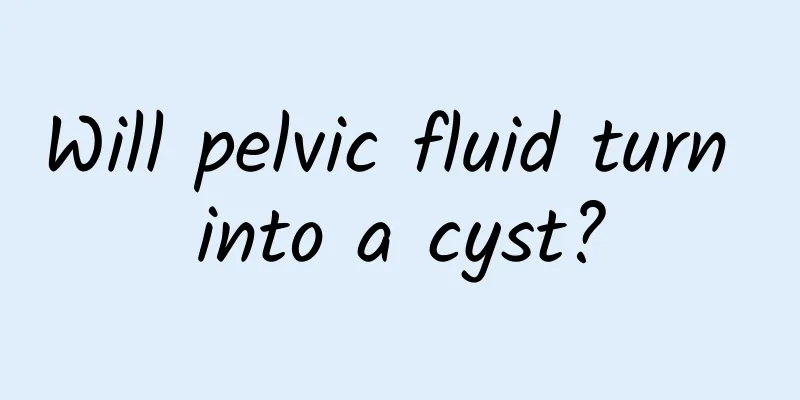Which women will be prone to cervical erosion?

|
Cervical erosion is a common gynecological disease, especially among married women who have given birth. 60% to 80% of them have varying degrees of cervical erosion. Clinical statistics in recent years show that the incidence of cervical erosion has reached 90% among gynecological diseases suffered by young women aged 17 to 23. The phenomenon of cervical erosion at a younger age is becoming increasingly serious and has gradually forced young women to suffer from it. The following groups of people are at high risk of cervical erosion and should strictly prevent disease infection and undergo regular check-ups: 1. People who have sex too early or have too many sexual partners Premature sexual activity, frequent changes of sexual partners, and excessive sexual intensity are causes of cervical erosion that cannot be ignored and pose hidden dangers to young women. 2. People with unclean sexual life Young women's premarital sexual behavior is mostly kept secret. In addition, young people do not have a stable source of income and cannot create a stable and clean sexual environment, so the probability of getting sick is greatly increased. 3. People who have had multiple artificial abortions Multiple abortions, diagnostic curettage, cervical dilation and other gynecological surgeries caused by premarital sex may cause cervical injury or inflammation, leading to cervical erosion. 4. Over-cleaning There are many female cleaning products on the market. If they are not chosen properly and a high concentration of disinfectant is used to flush the vagina, it will not only affect the growth of normal vaginal flora and reduce its ability to inhibit bacteria, but will also cause varying degrees of cervical epithelial damage and eventually erosion. 5. Those with prolonged menstruation Studies have shown that cervical erosion is related to the menstrual cycle and the duration of the menstrual cycle: the prevalence rate is 81.80% for menstrual cycles ≤ 20 days; the prevalence rate is ≤ 43.81% for menstrual cycles ≥ 20 days; the prevalence rate is only 33.33% for menstrual cycles ≤ 2 days; and the prevalence rate is 83.33% for menstrual cycles ≥ 8 days. Therefore, women with short cycles and long durations are more likely to develop cervical erosion. |
<<: Four types of uterine fibroids
>>: Wudou Shuanghong Decoction for the Treatment of Uterine Amenorrhea
Recommend
What are the common manifestations of chronic pelvic inflammatory disease?
Chronic pelvic inflammatory disease is a relative...
Can Chinese medicine be used for treatment after painless abortion?
Unexpected pregnancy is something that every woma...
Skinny people don’t need to lose weight? The puff tribe has too much body fat
When weighing themselves, some people congratulat...
What tests should be done to treat congenital absence of vagina
Congenital absence of vagina is a serious problem...
Can you still get pregnant with multiple uterine fibroids? How to treat uterine fibroids
In recent years, more and more women have suffere...
90% of obesity is caused by a damp body constitution! Traditional Chinese Medicine teaches 3 ways to remove dampness and lose weight
A very important principle in Traditional Chinese...
Typical symptoms of threatened abortion
Typical symptoms of threatened abortion include v...
5 simple tips to lose weight without starving
For healthy adults, many factors can cause fat ac...
Edamame is the "poor man's meat" that metabolizes fat and provides high-quality protein
Don’t underestimate the ordinary edamame! With it...
What are the tests for ovarian cysts?
What are the examination items for ovarian cysts?...
Is it easy to treat thick endometrium? Can thick endometrium be cured by taking Chinese medicine?
At present, with the rapid development of society...
Remedies for menstrual rash
Menstrual rash is a common menstrual disease in w...
What is the normal value of uterine rectal effusion?
The normal value of rectouterine effusion refers ...
What are the causes of adnexitis?
In life, adnexitis has affected the normal life o...
What should I do if my vulva is itchy, red, swollen and eroded?
What should I do if my vulva is itchy, red, swoll...









